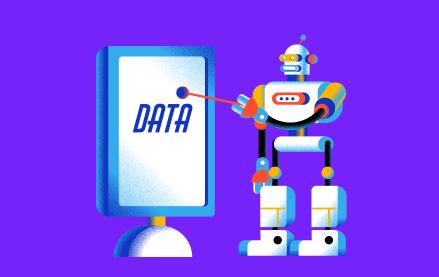The New York Times CEO on state of digital advertising: ‘Nightmarish joke’

Digiday covers the latest from marketing and media at the annual Cannes Lions International Festival of Creativity. More from the series →
Count The New York Times CEO Mark Thompson among those unhappy with the state of the digital ad market, beset by fraud, bots, bad ad placements and oodles of ad tech.
“The world of digital advertising is a nightmarish joke,” he said during a panel discussion at the Cannes Lions. “Mark Zuckerberg’s first post about fake news, Facebook managed to serve an ad for fake news next to it. It’s a joke. It’s out of control. There are all sorts of creepy, borderline fraudulent middlemen, this thicket of strange companies, tracking pixels on everything. You couldn’t think of a more dangerous environment for a brand.”
In case there was any mistaking his position, Thompson added a further assessment: “a complete mess.”
“In terms of brand safety, you couldn’t think of a more dangerous environment,” he added. “A monster has been created.”
I asked Thompson whether he blames ad tech for the current situation. He said the entire digital media world is too premised on audience buying.
“The ecosystem that’s grown up is a strangely shaped thing,” he said. “It’s based on the idea that content doesn’t matter.”
Thompson is somewhat free to rip into digital advertising because of the success the Times has had in pivoting to focus on subscriptions. Thompson said the Times now has 2 million digital subscribers and believes it can get to 10 million globally in not too long.
Both Thompson and Jesse Angelo, CEO and publisher of the New York Post, took the opportunity to beat up on Facebook. Angelo noted that Facebook was telling advertisers less than 1 percent of their ads are next to jihadi videos. “Less than 1 percent? How about, one is too many.”
“Congratulations, Facebook, you’ve become the world’s biggest media company,” he said. “Now you have to act like one.”
Publishers are pressing the advantage in their fight against the duopoly, playing up brand-safety concerns. Angelo called critical comments early this year by P&G marketing chief Marc Pritchard about the industry a “turning point” in rebalancing toward quality contextual environments and away from audience targeting at all costs.
“Advertisers were browbeaten into believing that,” Thompson said of audience targeting without context. “There’s a lot more to advertising than perfect targeting.”
More in Media

Here are the biggest misconceptions about AI content scraping
An increase in bots scraping content from publishers’ sites represents a huge threat to their businesses. But scraping for AI training and scraping for real-time outputs present different challenges and opportunities.

How Future is using its own AI engine to turn deeper engagement into ad dollars
Future is betting on AI to boost recirculation – and make that stickier audience more appealing to advertisers.

Substack’s video bet could be a growth hack for small creators
Video is helping smaller creators on Substack grow their subscriber numbers faster — but larger creators aren’t experiencing the same boost.






